What is a Thermal Barrier & Role With Spray Foam Insulation?
The discussion on whether to use a thermal barrier with spray foam or not has caused serious debates in insulation forums. Some people argue that thermal barriers are not necessary, while others believe the opposite.
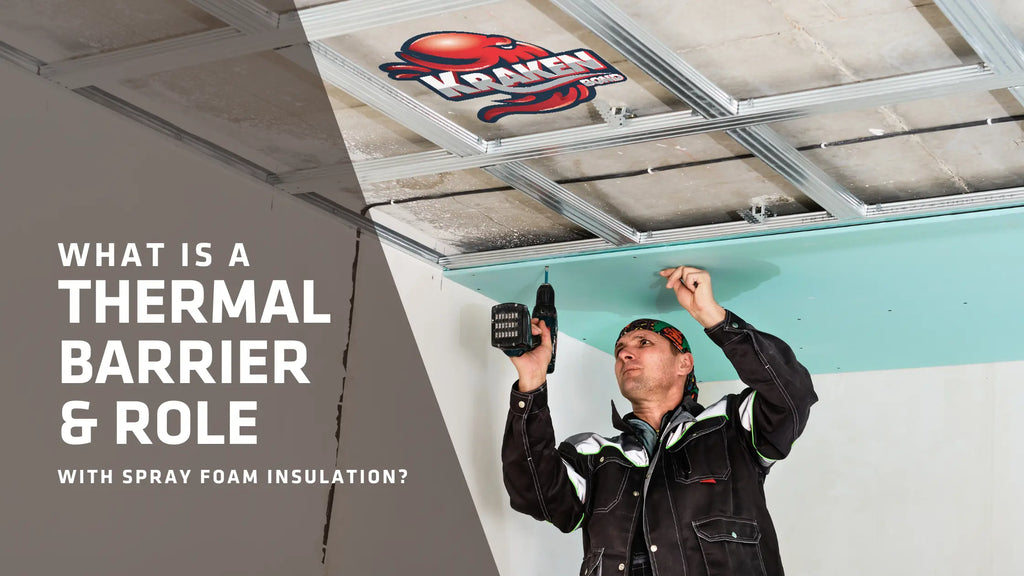
Many homeowners use thermal barriers due to the flammability of foam insulation. Many think since foam insulation is highly flammable, there is a need for fire retardants such as thermal barriers.
In this post, every question regarding using a thermal barrier will be answered. We will discuss what thermal barriers are, their importance, and their combination with spray foam for effective home insulation.
What Is a Thermal Barrier?
A thermal barrier, often consisting of a 0.5-inch-thick layer of gypsum board or an intumescent coating, is a crucial component that reduces the transfer of thermal energy between two surfaces, serving as a protective measure to withstand temperatures of up to 350°F during a fire hazard when applied over spray foam insulation in order to prevent rapid foam combustion.
According to the International Residential Code (IRC), a 15-minute thermal barrier must be used as a coating between a living space and any type of foam insulation. The IRC defines that a thermal barrier should be equal in fire resistance to a ½ gypsum board. Common examples of thermal barriers are plywood and drywall.
What Is Thermal Barrier Coating?
Thermal barrier coatings, typically applied in layers measuring 0.002 to 0.004 inches thick, are advanced materials used on mechanical engines as insulating components to protect against extreme temperatures, with the ability to withstand temperatures exceeding 2000°F and enhance the efficiency of mechanical components, making them a vital choice for gas turbine blades, aerospace engines, and other high-temperature engines.
In home insulation, thermal barrier coating, typically applied at a cost of $1.50 to $5 per square foot, is an insulating material used to enhance the thermal performance of a building by reducing heat transfer. The purpose of thermal barrier coatings in living spaces is to slow heat loss or heat gains through the walls, ceilings, and roofs. Thermal barrier coatings are made from different materials like paints, spray, and reflective materials.
What Is The Importance Of Thermal Barrier?
The importance of a thermal barrier lies in its ability to reduce heat transfer, enhance energy efficiency, and provide crucial fire protection, making it essential for maintaining a comfortable and safe environment in various applications, from buildings to mechanical engines. Here are 3 reasons why every home should have thermal barrier insulation installed:
Fire Safety
The primary purpose of thermal barrier insulation is to delay fire spread from getting to spray foam in case of an outbreak. Thermal barriers are fire-retardant materials that withstand high temperatures of up to 250 degrees Fahrenheit. The purpose of 15-minute thermal barrier materials is to give occupants enough time to escape during a fire outbreak.
Additional Insulation
Thermal barriers provide an additional layer of insulation in buildings. They reduce heat transfer and improve energy efficiency in buildings.
Soundproofing
Some thermal barriers offer soundproofing properties in buildings. The extra layer of insulation they provide helps to dampen noise in homes, construction factories, machines, etc.
When Is A Thermal Barrier Needed?
A thermal barrier is needed when insulation materials, such as spray foam, are installed in areas where they may be exposed to potential fire hazards, ensuring safety and compliance with building codes.
A thermal barrier is designed to delay the fire spread in a building. According to the IRC building code, thermal barriers are needed in living spaces where spray foam insulation has been applied. They are used to separate the living spaces from spray foam insulation.
Common spaces where thermal barriers are needed include walls, ceilings, and roofs. There are other areas in a building that do not need thermal barriers. These non-living spaces include crawl spaces, attics, basement joists, etc. An attic thermal barrier, for example, should not be a priority since it is not a living space.
How To Combine Spray Foam With Thermal Barriers?
Spray foam insulation and thermal barriers are combined to improve energy efficiency and comfort in buildings. Combine spray foam with thermal barriers by following these steps:
Access The Building
The first step is to access the building to identify areas where thermal barriers and spray foam will be installed. It is important to prioritize living spaces in your home, such as interior walls.
Select The Right Spray Foam Product
Use the right spray foam product for insulation. Avoid using flammable spray foam products. FastCoat Product is a class one-rated spray foam. Thermal barriers are used as a precautionary.
Install Spray Foam
Install spray foam adequately. Fill all holes and spaces that can cause heat loss in the building. Learn how to insulate your home.
Install Thermal Barriers
Install thermal barriers after applying spray foam. Fire-resistant coatings are applied when combining thermal barriers with spray foam insulation. Thermal barriers for spray foam are available as paints or spray, and they are applied directly on the foam.
Add Finishing
Add finish to your interior surfaces with the chosen materials, such as drywall or paneling. Adding finishing improves aesthetics in your space and gives an additional layer of protection against fire.
Inspect
After installation, inspect your work and be sure everything is in order.
What Is A 15 Minute Thermal Barrier?
A 15-minute thermal barrier is a material that is used to delay fire spread for at least 15 minutes. They are applied between plastic insulation and living spaces. Thermal barrier materials are designed to prevent foam insulation from getting to 250°F (Degrees Fahrenheit) of temperature for at least 15 minutes after exposure to fire.
There are 2 common types of 15-minute thermal barriers: gypsum board and fire-resistant coatings. Examples of fire-resistant coatings are thermal barrier paint for spray foam and thermal barrier spray. The purpose of 15 thermal barriers for spray foam is to stall foam ignition, giving occupants at least 15 minutes to safeguard their lives and properties during a fire outbreak.
The Building Codes And Regulations
The International Building Code (IBC) requires that foam plastic insulation be separated from a building's interior by 1/2 inch drywall or equivalent thermal barrier. The aim is to prevent the insulation’s temperature from rising above 250 Degree F for 15 minutes.
The International Residential Code (IRC) also supports using thermal barriers with spray foam insulation. According to IRC, a 15-minute thermal barrier must be used to separate a living space and foam insulation.
Frequently Asked Questions
Is Drywall A Thermal Barrier?
Yes, gypsum boards are drywall materials that are commonly used as thermal barriers. They are excellent fire retardants.
Is Plywood A Thermal Barrier?
Yes, plywood is a fire-retardant material, which makes it an excellent thermal barrier. Plywood and gypsum boards are commonly used as thermal barriers for spray foam insulation.
Does All Spray Foam Have To Be a Thermal Barrier?
According to building codes and regulations, thermal barriers are required for all spray foam insulation. A thermal barrier is a fire-safety measure since foam insulations are now to be flammable.
What Counts As A 15 Minute Thermal Barrier?
A 15-minute thermal barrier is a material that covers the surface of spray foam and prevents it from igniting for at least 15 minutes in case of a fire outbreak.
What Is The Most Common Thermal Barrier In Homes?
Gypsum boards are common thermal barriers used in homes. Another type of thermal barrier commonly used is fire-resistant coating.
Are Thermal Barriers Required For All Types Of Spray Foam Insulation?
Yes, thermal barriers are required for all types of spray foam insulation. Thermal barriers ensure fire safety and improve the effectiveness of spray foam. However, new spray foam products like FastCoat Product have a class-one fire rating.
Conclusion
In addition to being a standard building regulation, thermal barrier insulation is required for every home. A thermal barrier protects the insulation from heating to 250°F for at least 15 minutes. The purpose of thermal barriers is to avoid exposing spray foam insulation to ignition instantly in case of a fire outbreak.
Author : Krakenbond Team



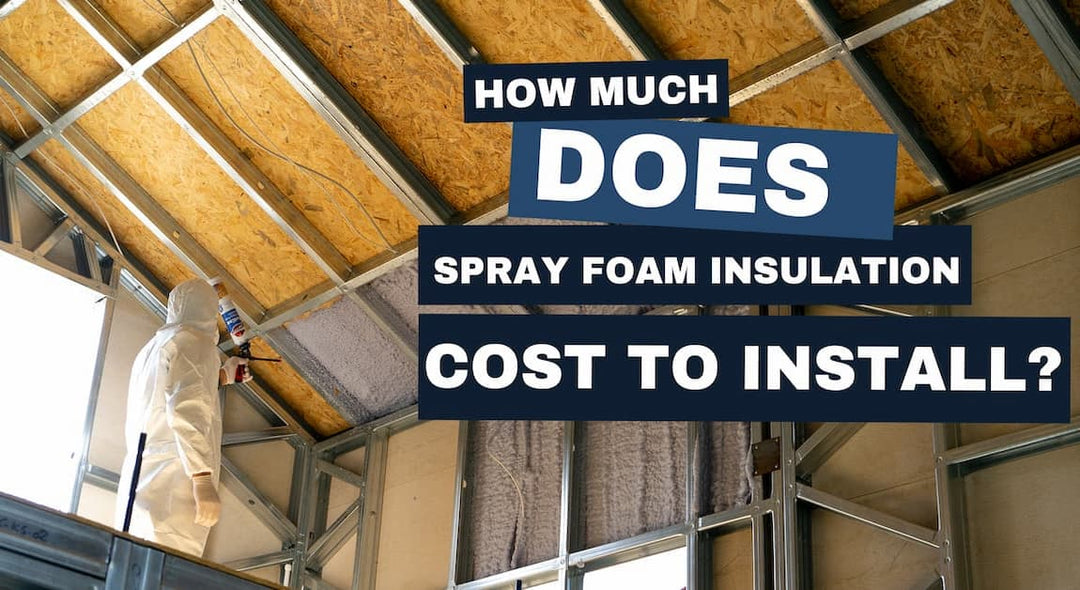
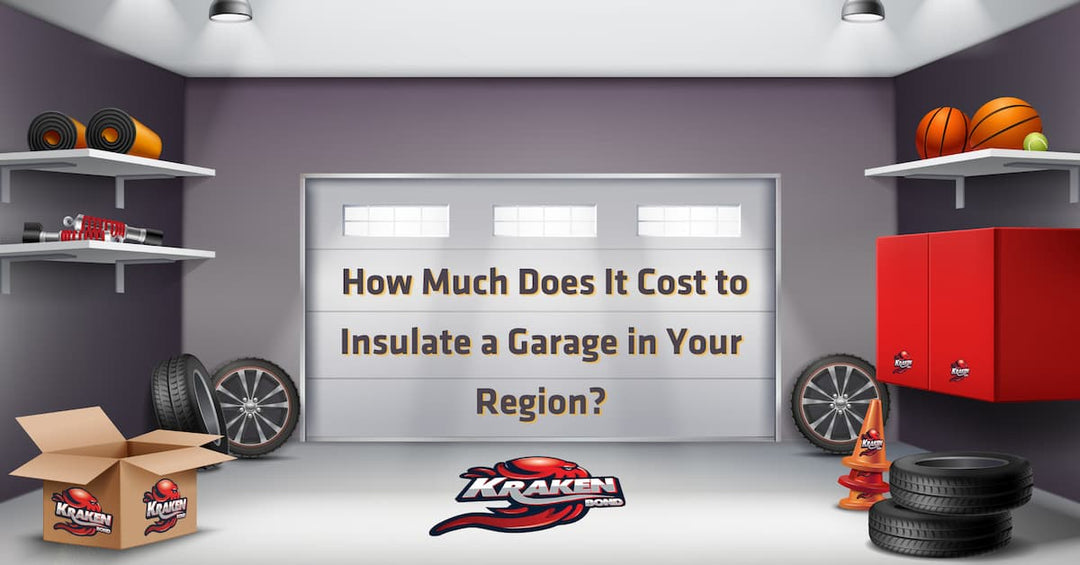
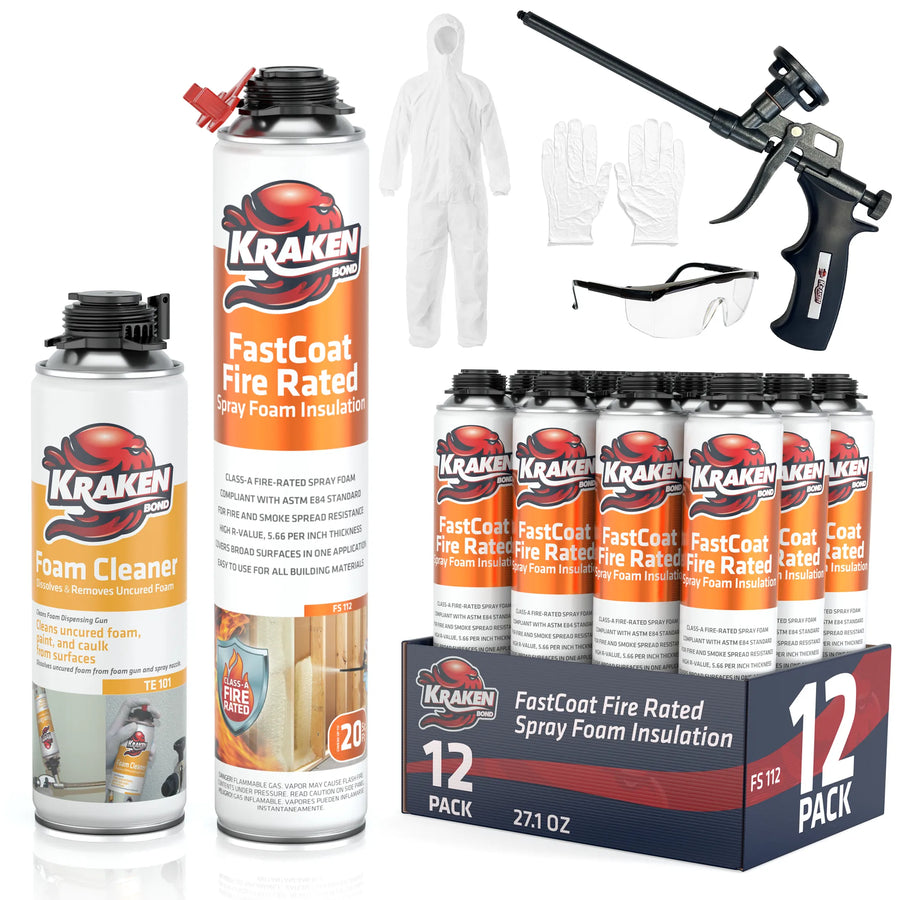







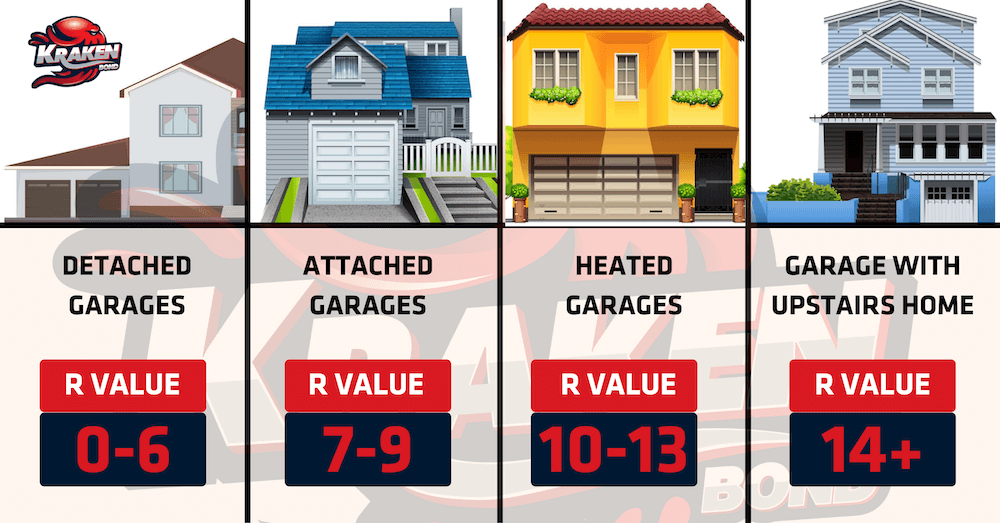
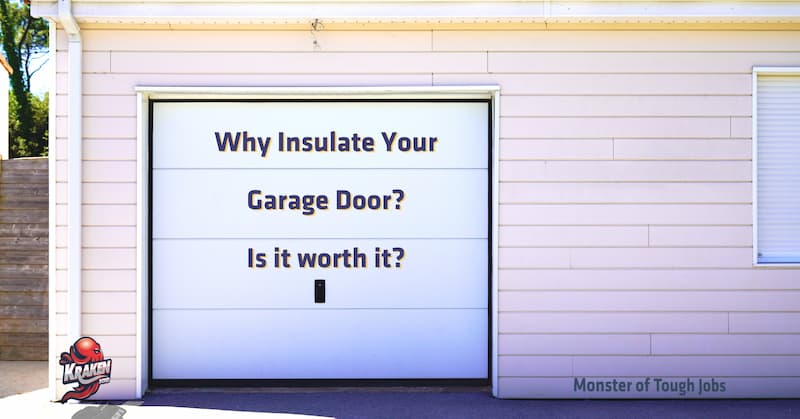
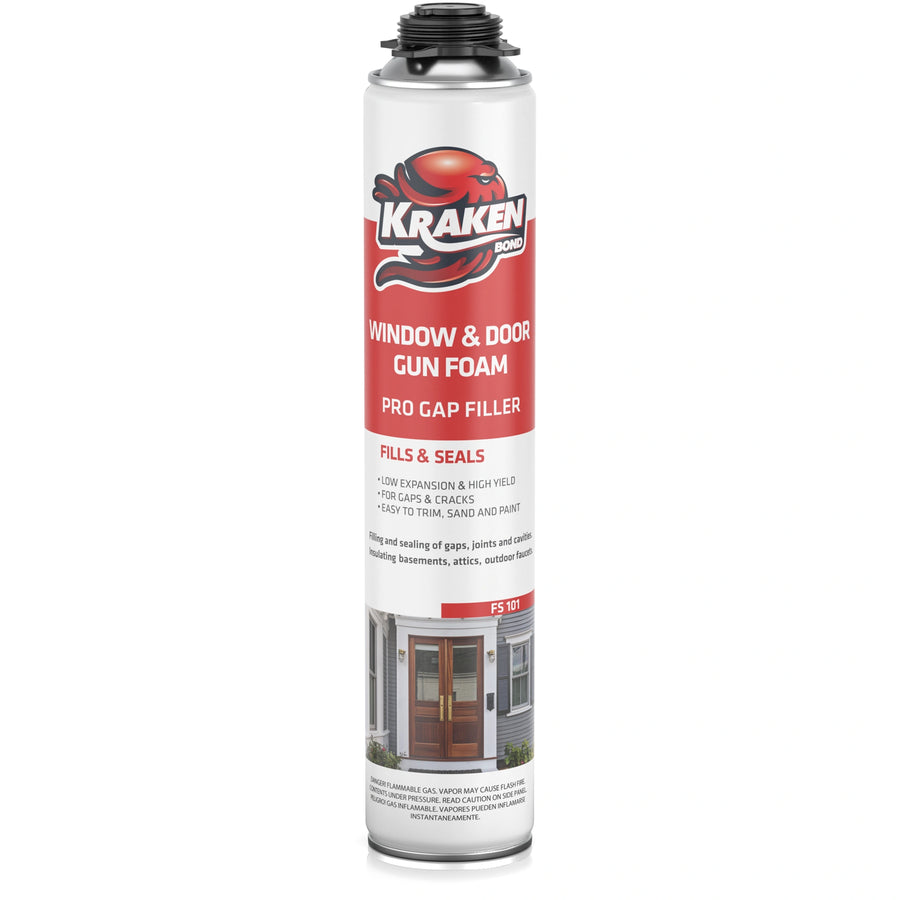
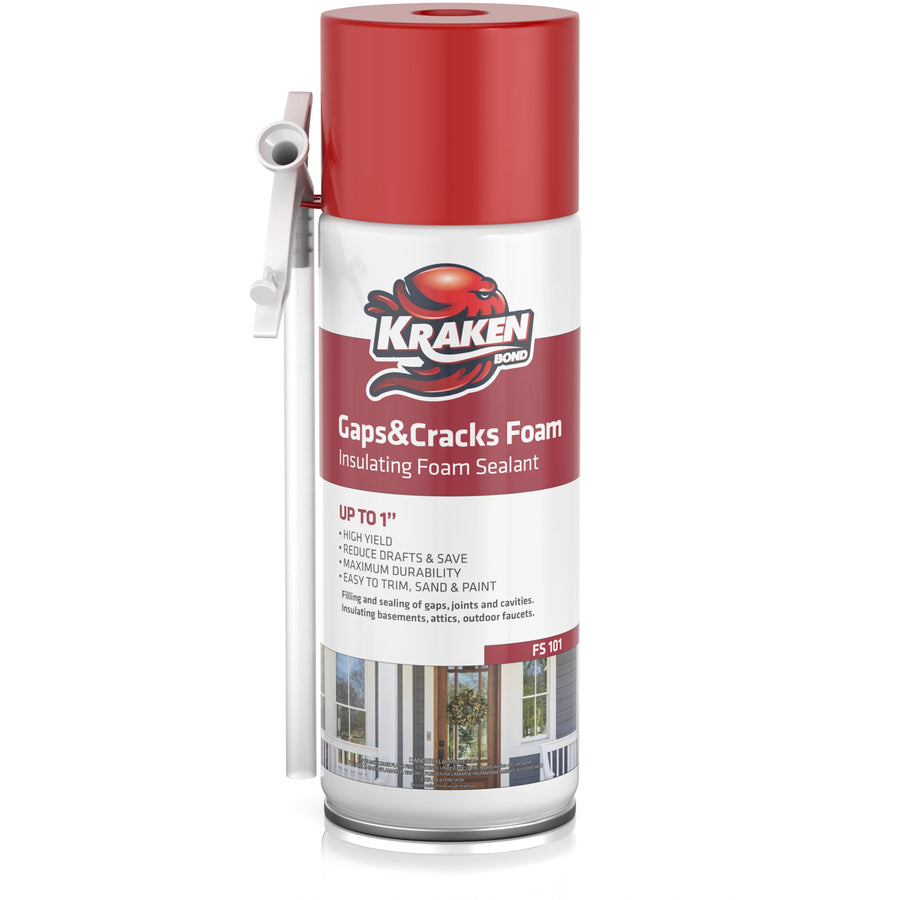
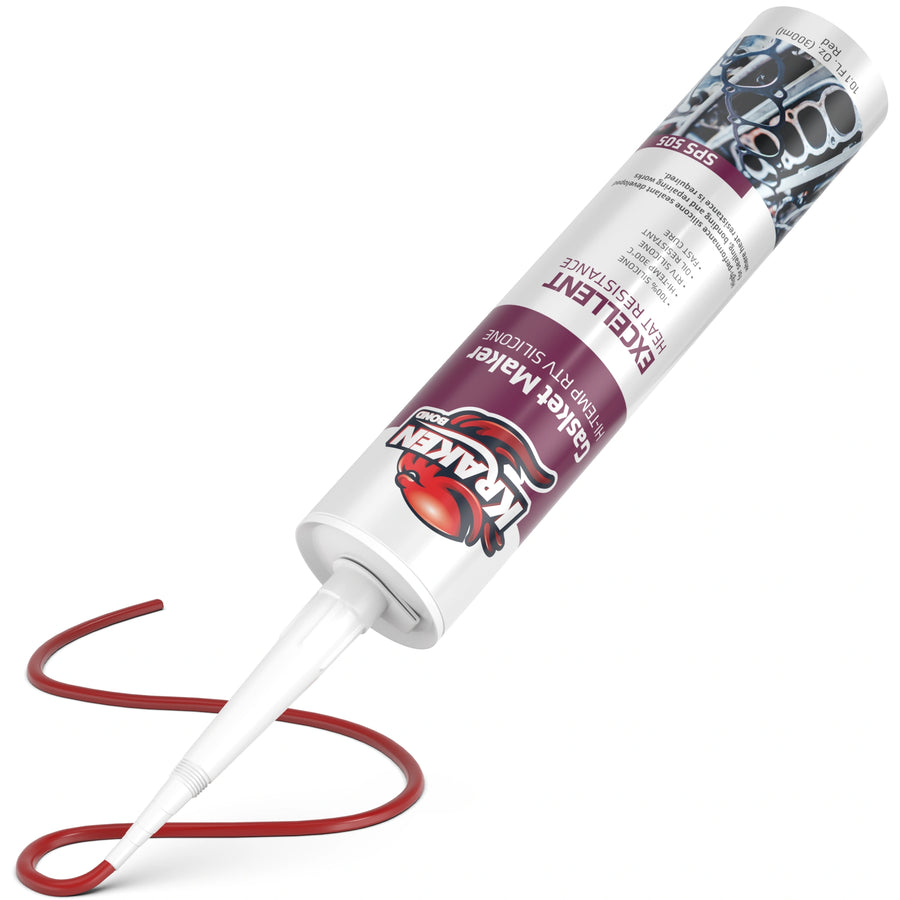
Leave a comment